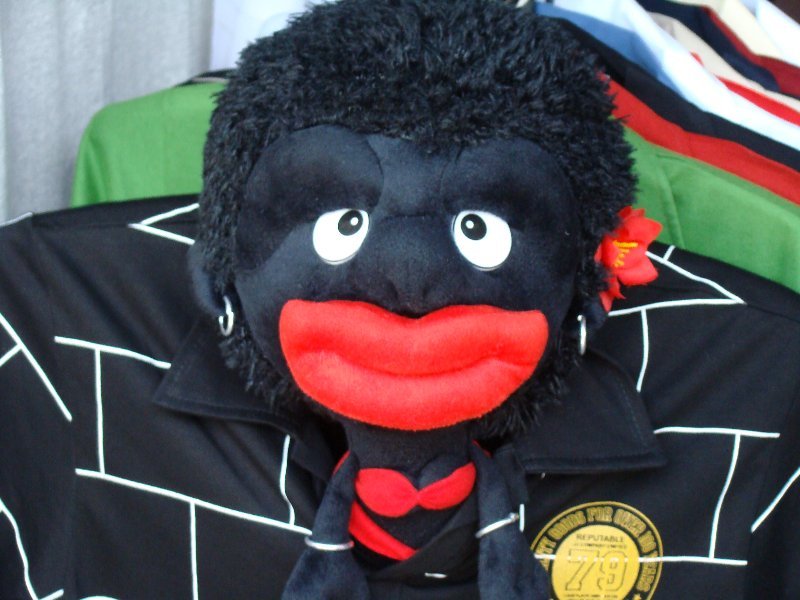New York Post
November 20, 2013

In the home stretch of the 2012 presidential campaign, from August to September, the unemployment rate fell sharply — raising eyebrows from Wall Street to Washington.
The decline — from 8.1 percent in August to 7.8 percent in September — might not have been all it seemed. The numbers, according to a reliable source, were manipulated.
And the Census Bureau, which does the unemployment survey, knew it.
Just two years before the presidential election, the Census Bureau had caught an employee fabricating data that went into the unemployment report, which is one of the most closely watched measures of the economy.
And a knowledgeable source says the deception went beyond that one employee — that it escalated at the time President Obama was seeking reelection in 2012 and continues today.
“He’s not the only one,” said the source, who asked to remain anonymous for now but is willing to talk with the Labor Department and Congress if asked.
The Census employee caught faking the results is Julius Buckmon, according to confidential Census documents obtained by The Post. Buckmon told me in an interview this past weekend that he was told to make up information by higher-ups at Census.
Ironically, it was Labor’s demanding standards that left the door open to manipulation.
Labor requires Census to achieve a 90 percent success rate on its interviews — meaning it needed to reach 9 out of 10 households targeted and report back on their jobs status.
Census currently has six regions from which surveys are conducted. The New York and Philadelphia regions, I’m told, had been coming up short of the 90 percent.
Philadelphia filled the gap with fake interviews.
“It was a phone conversation — I forget the exact words — but it was, ‘Go ahead and fabricate it’ to make it what it was,” Buckmon told me.
Census, under contract from the Labor Department, conducts the household survey used to tabulate the unemployment rate.
Interviews with some 60,000 household go into each month’s jobless number, which currently stands at 7.3 percent. Since this is considered a scientific poll, each one of the households interviewed represents 5,000 homes in the US.
Buckmon, it turns out, was a very ambitious employee. He conducted three times as many household interviews as his peers, my source said.
By making up survey results — and, essentially, creating people out of thin air and giving them jobs — Buckmon’s actions could have lowered the jobless rate.
Buckmon said he filled out surveys for people he couldn’t reach by phone or who didn’t answer their doors.
But, Buckmon says, he was never told how to answer the questions about whether these nonexistent people were employed or not, looking for work, or have given up.
But people who know how the survey works say that simply by creating people and filling out surveys in their name would boost the number of folks reported as employed.
Census never publicly disclosed the falsification. Nor did it inform Labor that its data was tainted.
“Yes, absolutely they should have told us,” said a Labor spokesman. “It would be normal procedure to notify us if there is a problem with data collection.”
